Pruning is a fundamental gardening skill that can enhance the health, appearance, and productivity of trees, shrubs, and flowers. However, improper pruning can do more harm than good, leading to weak growth, disease, and even plant death. In this comprehensive guide, we’ll delve into the art of pruning and share expert tips for pruning trees, shrubs, and flowers to ensure they thrive and flourish.
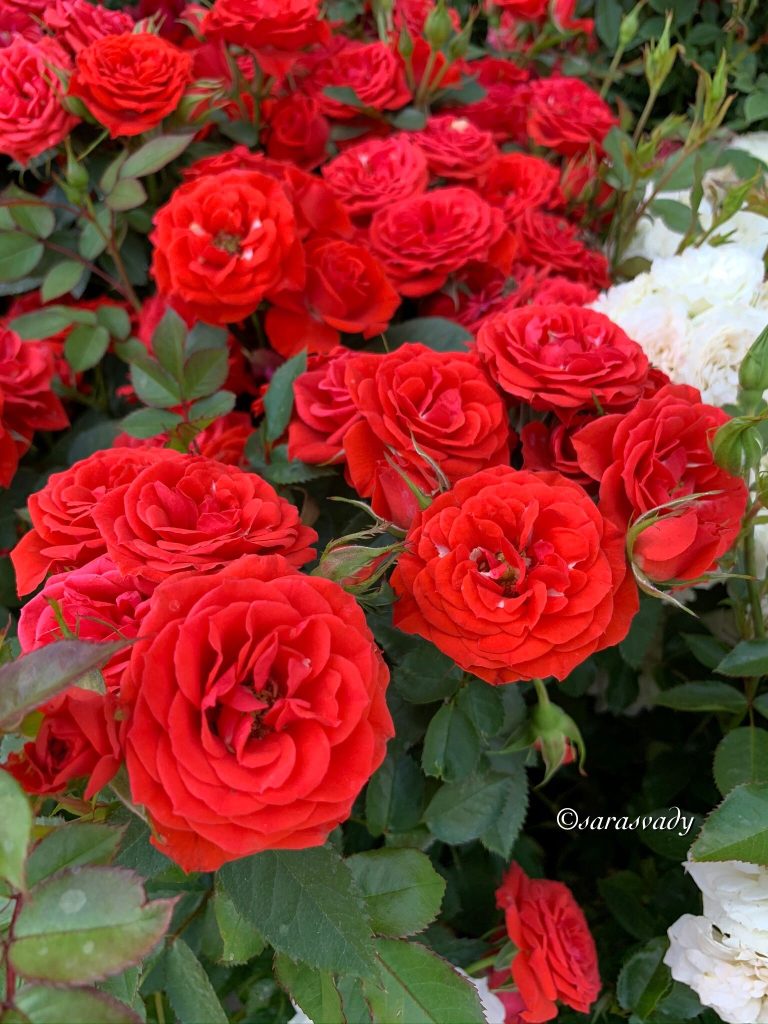
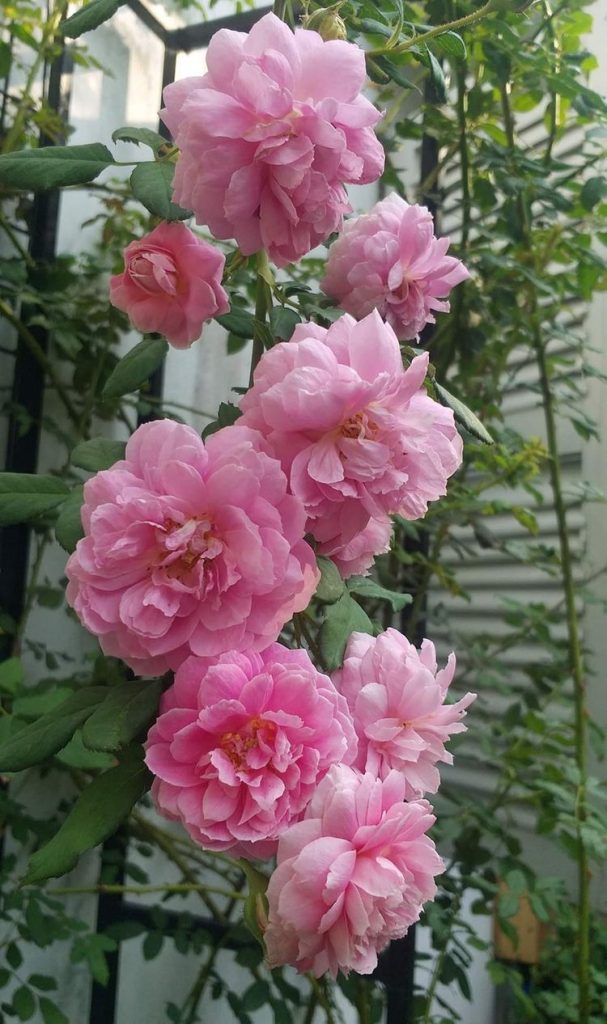
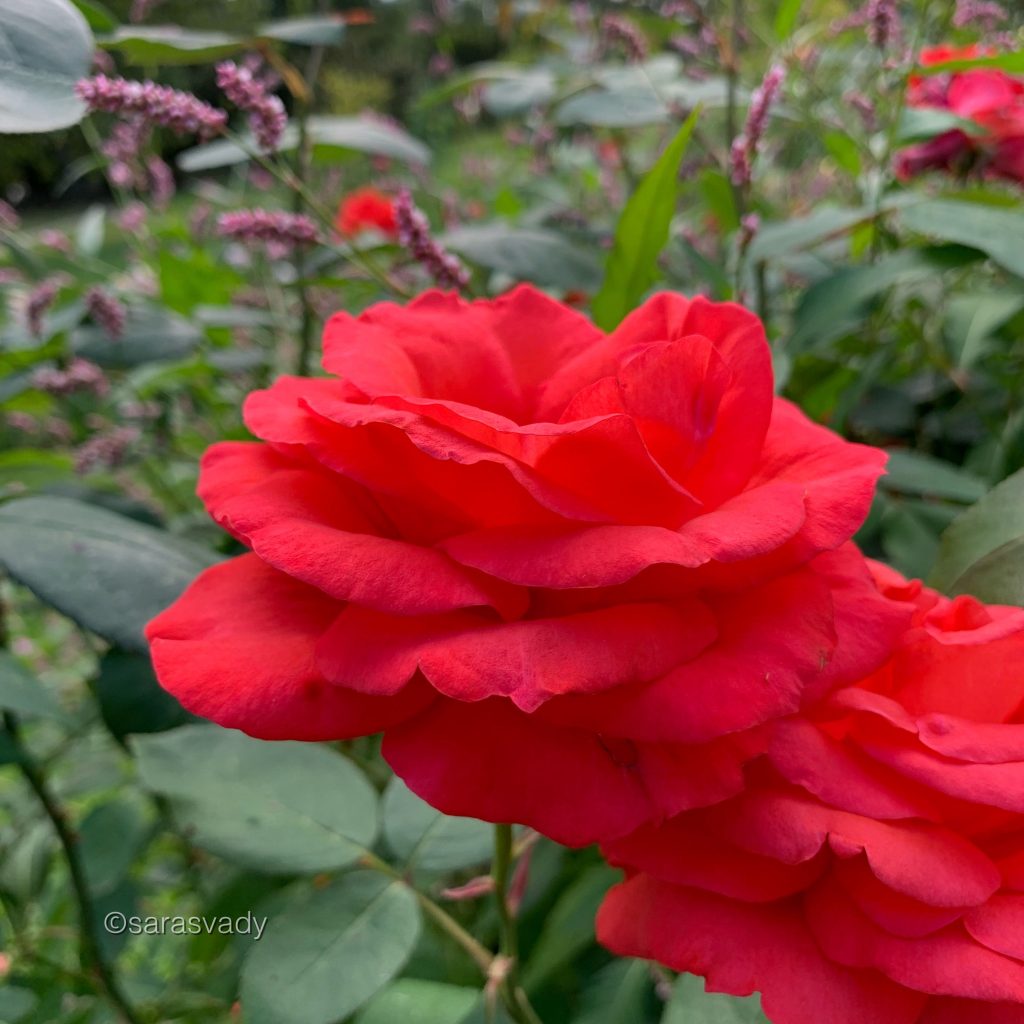
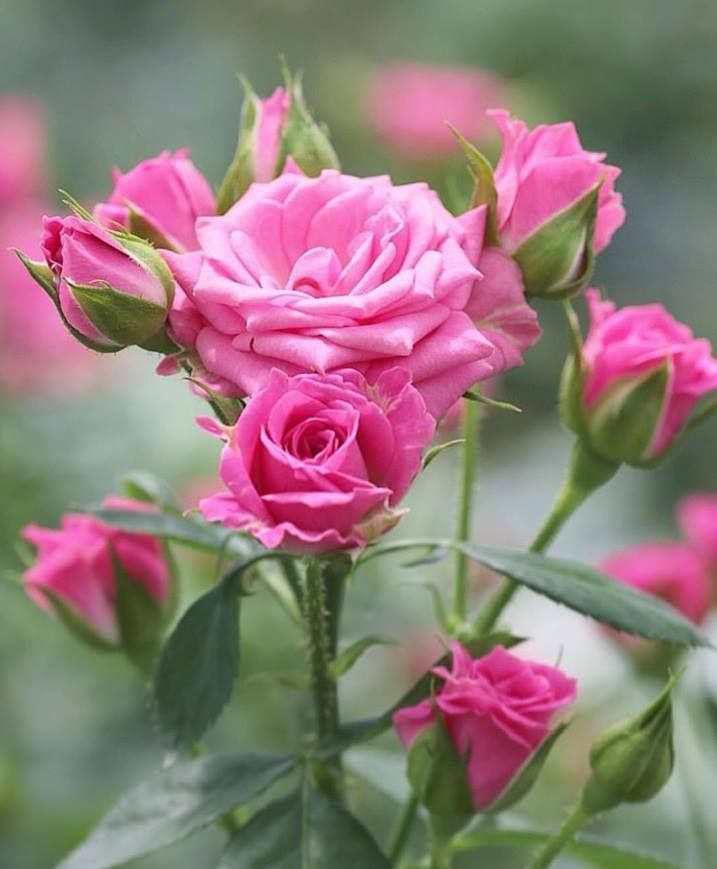
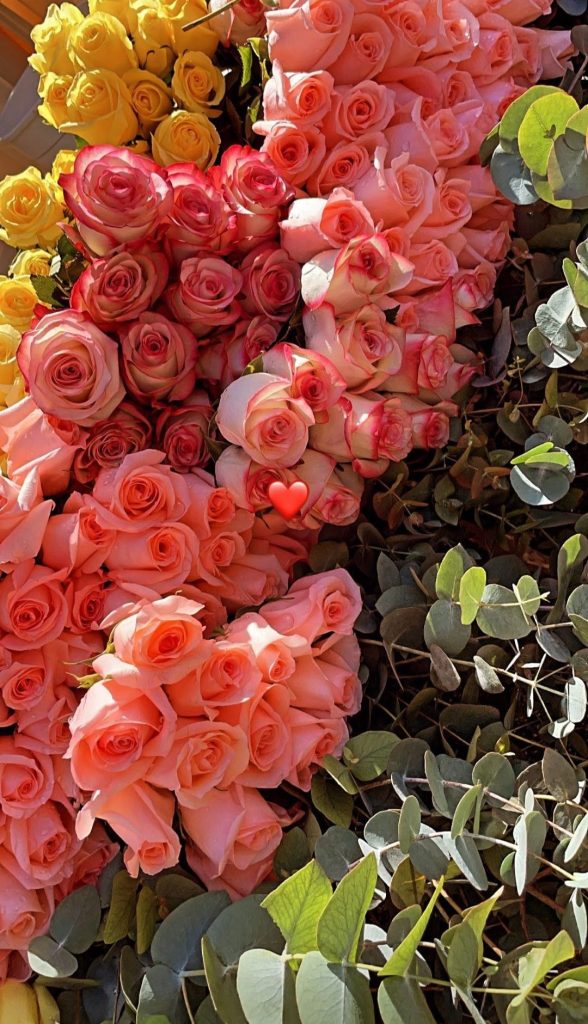

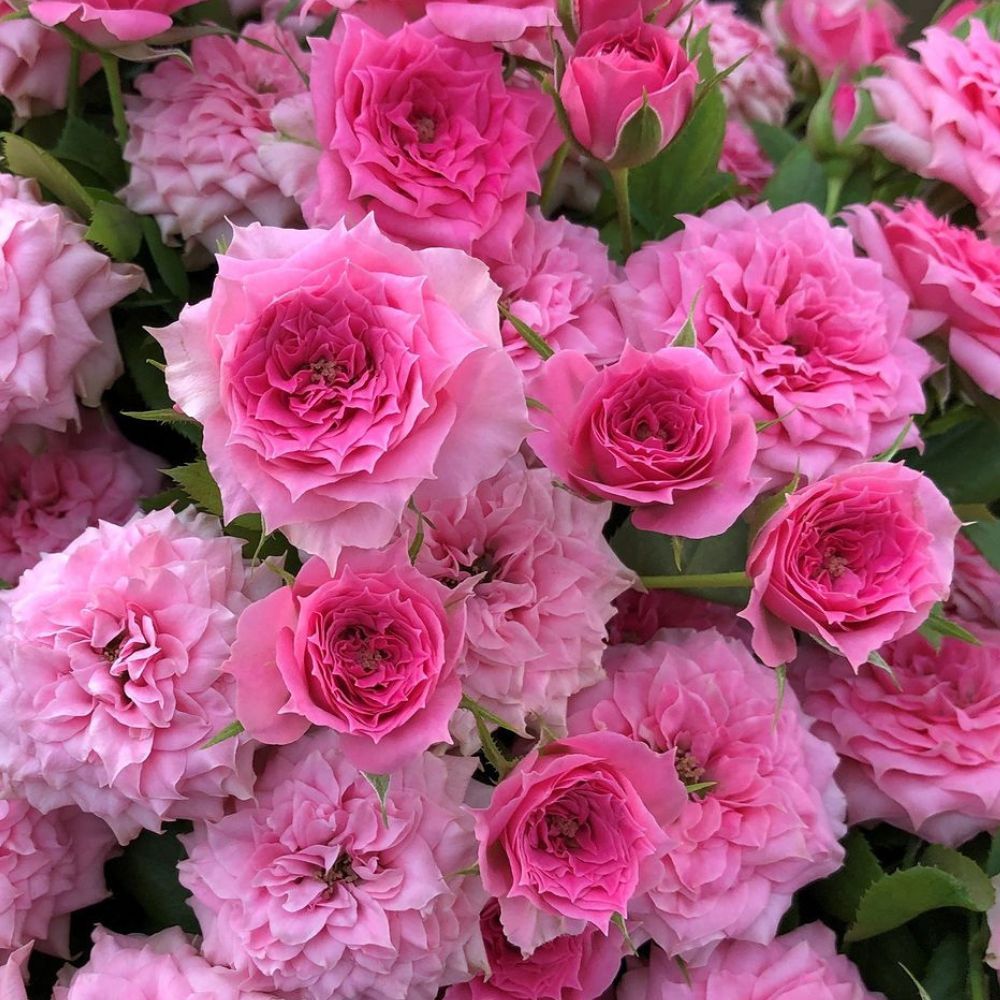
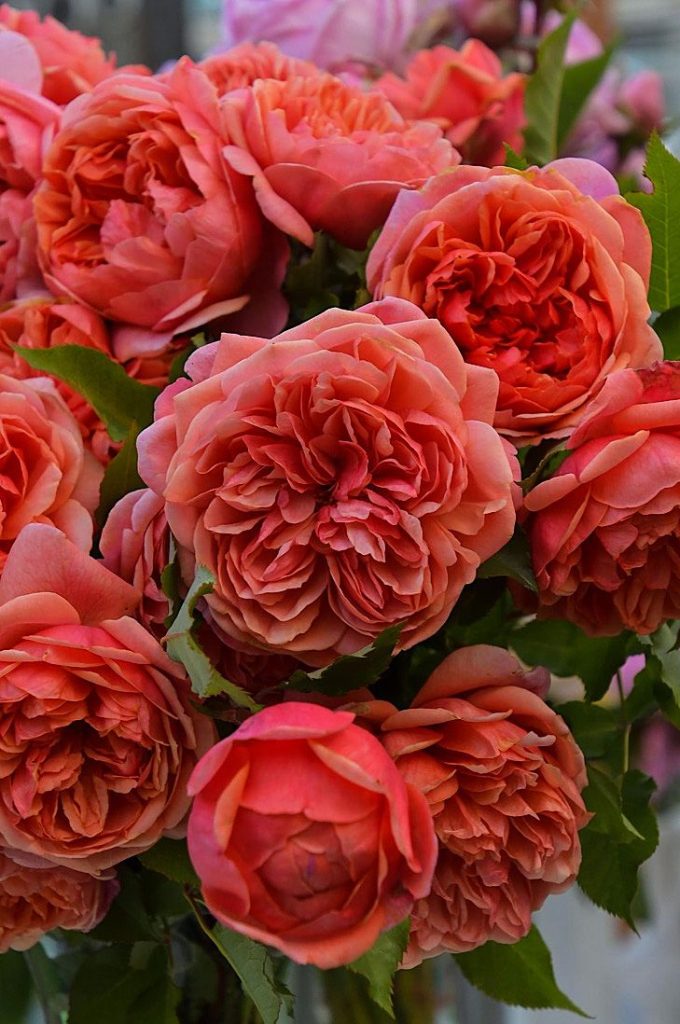
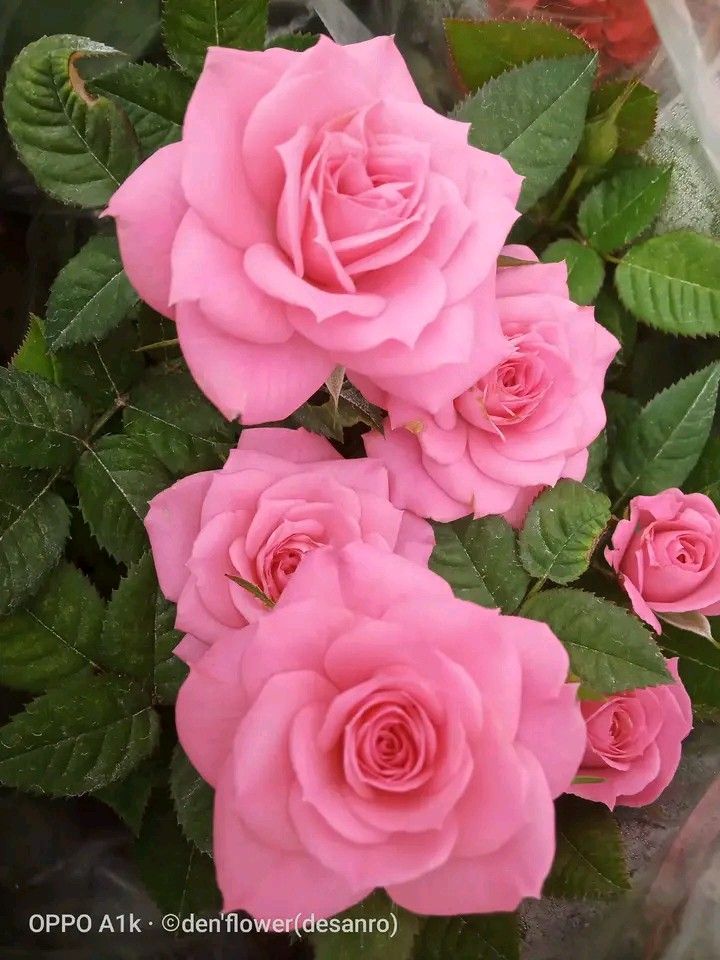
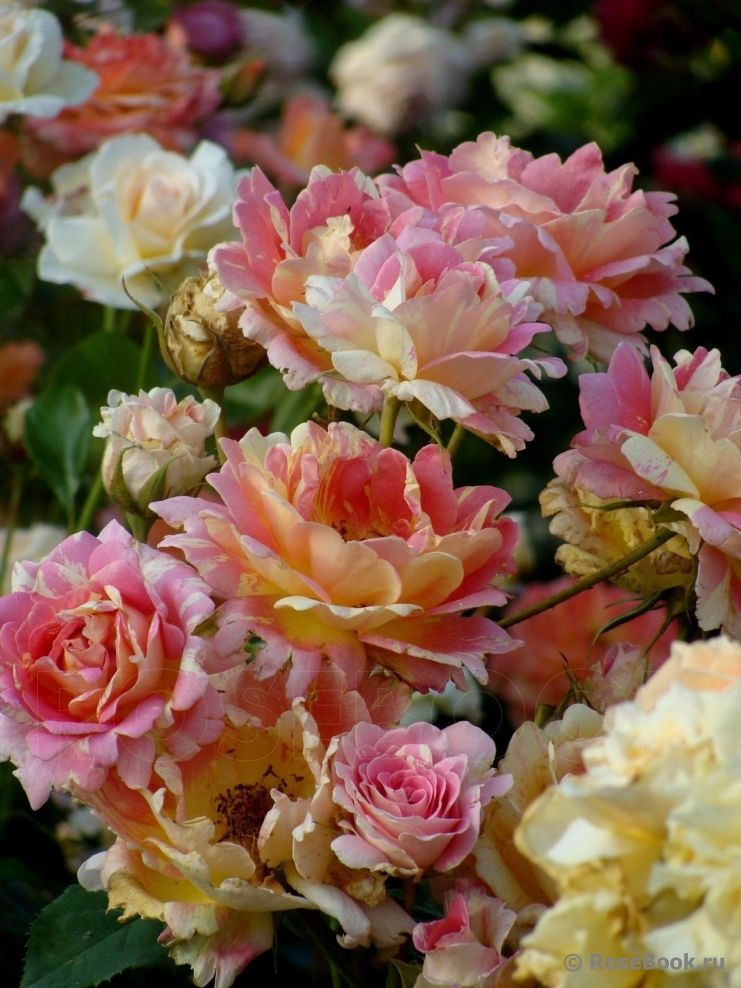
Understanding Pruning
Tip: Pruning is the selective removal of plant parts, such as branches, buds, or roots, to promote plant health, shape, and growth. Understanding the purpose and timing of pruning is essential to achieve the desired results without harming your plants.
Tools for Pruning
Tip: Using the right tools is crucial for successful pruning. Invest in high-quality pruning shears, loppers, and saws for cutting branches of different sizes. Keep your tools clean and sharp to make clean cuts that heal quickly.
Pruning Trees
Timing
Tip: The best time to prune trees is during their dormant season, typically late winter to early spring. However, dead or damaged branches can be pruned any time of the year.
Techniques
Tip: When pruning trees, focus on removing dead, diseased, or crossing branches to improve airflow and reduce the risk of disease. Use the three-cut method for larger branches to prevent tearing and damage to the tree.
Pruning Shrubs
Timing
Tip: Shrubs can be pruned at various times depending on their blooming cycle. Spring-blooming shrubs should be pruned after they bloom, while summer-blooming shrubs can be pruned in late winter to early spring.
Techniques
Tip: When pruning shrubs, remove dead or damaged branches and thin out dense growth to improve airflow and sunlight penetration. Shape the shrub by cutting back to outward-facing buds to encourage outward growth.
Pruning Flowers
Timing
Tip: Flowers should be deadheaded regularly throughout the growing season to promote continuous blooming. Cut back perennials and ornamental grasses in late fall to early spring.
Techniques
Tip: When pruning flowers, remove spent flowers, stems, and leaves to encourage new growth and flowering. Cut back to healthy buds or stems, and avoid cutting into woody parts of the plant unless rejuvenation pruning is needed.
Rejuvenation Pruning
Tip: Rejuvenation pruning involves cutting the entire shrub or perennial plant back to ground level to stimulate new growth and improve overall health. This method is best suited for overgrown or neglected plants.
Conclusion
Pruning is both an art and a science, requiring knowledge, skill, and careful consideration. By understanding the purpose and timing of pruning, using the right tools and techniques, and practicing regular maintenance, you can enhance the health, appearance, and productivity of your trees, shrubs, and flowers.
Remember, each plant has unique pruning needs, so it’s essential to research and understand the specific requirements of your plants before pruning. When in doubt, consult with a professional arborist or horticulturist to ensure you’re pruning correctly and promoting the long-term health and beauty of your garden.
So, grab your pruning shears and get ready to master the art of pruning! With these expert tips and techniques, you’ll be well-equipped to prune your trees, shrubs, and flowers with confidence and skill, creating a garden that’s both beautiful and healthy